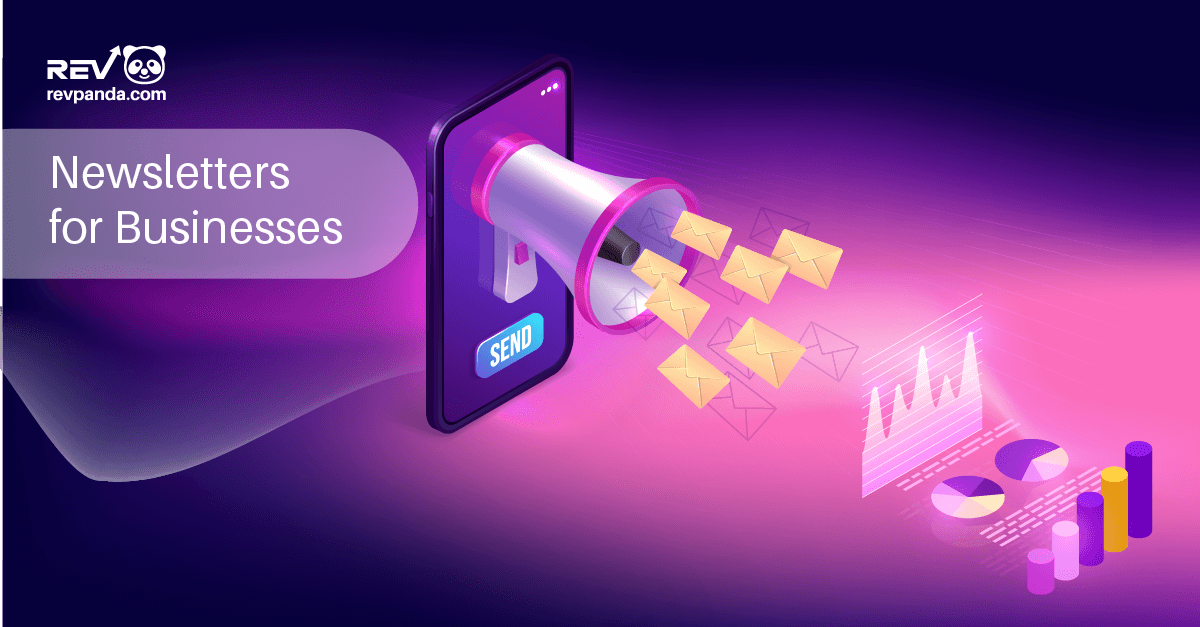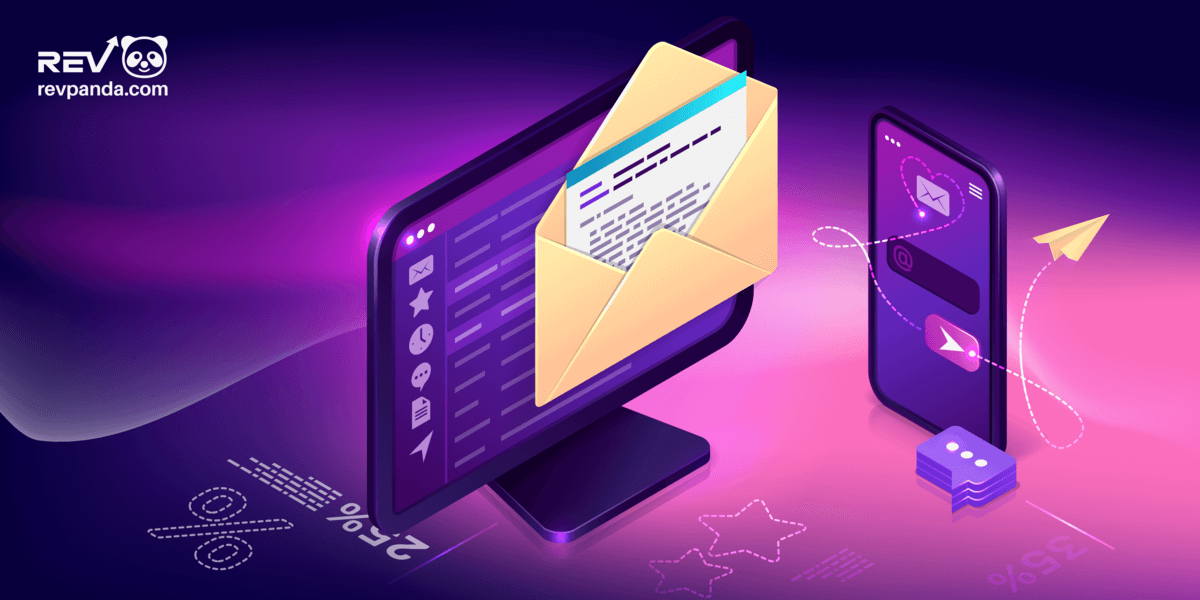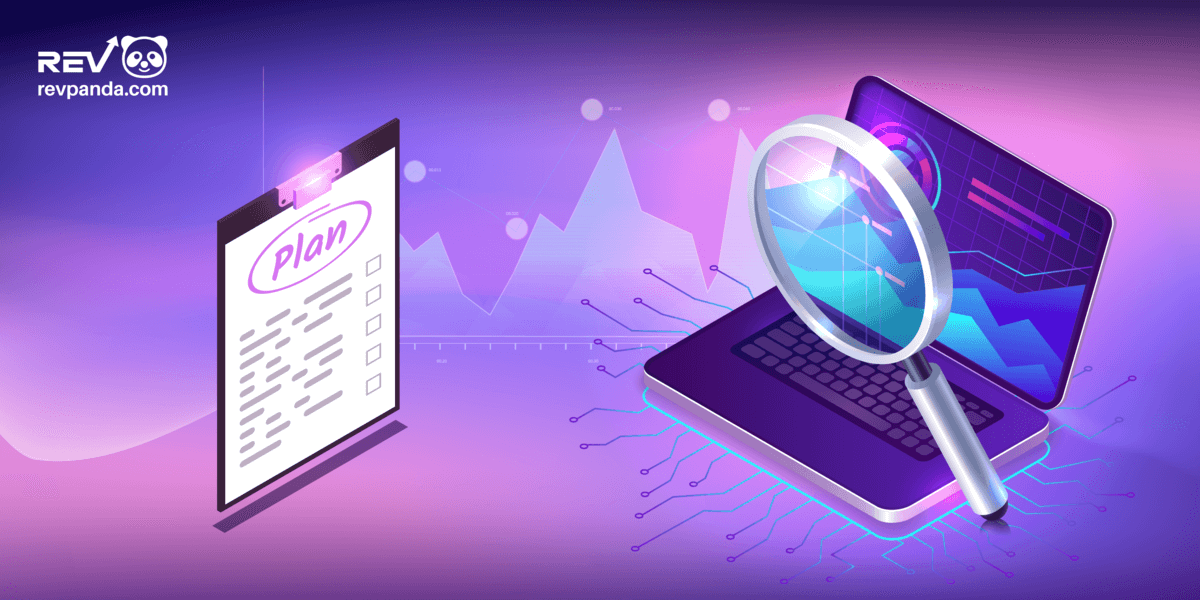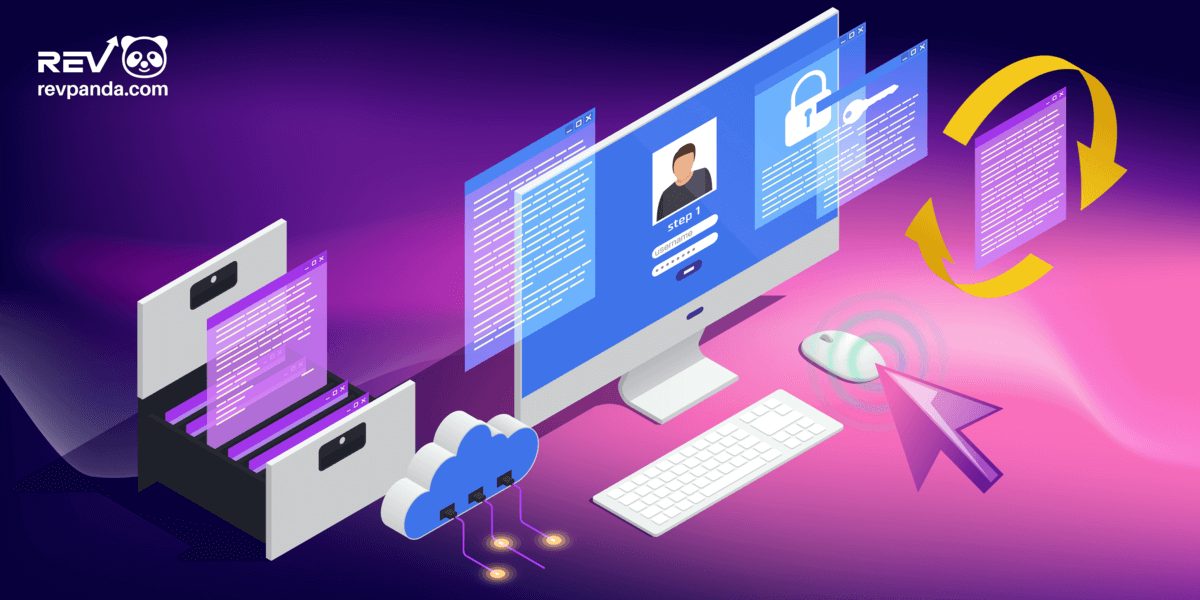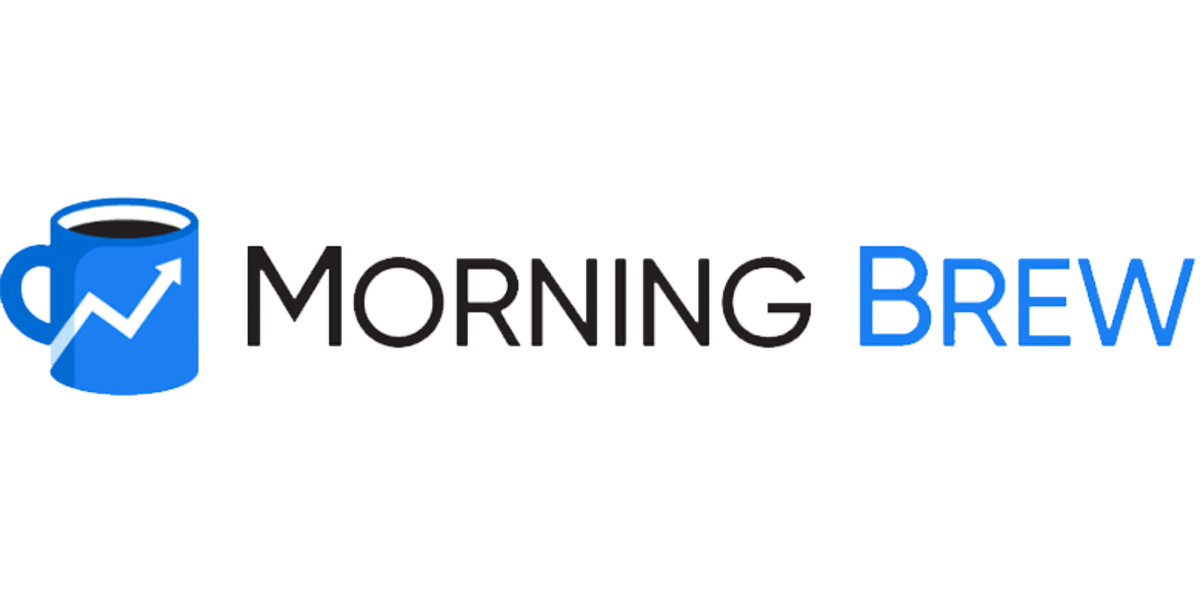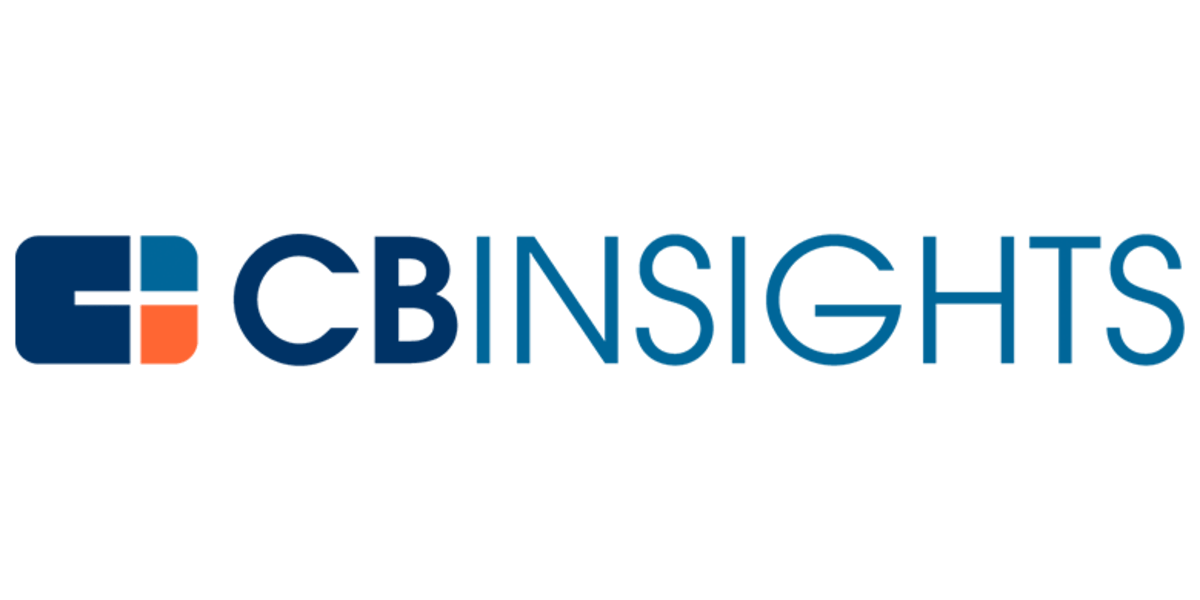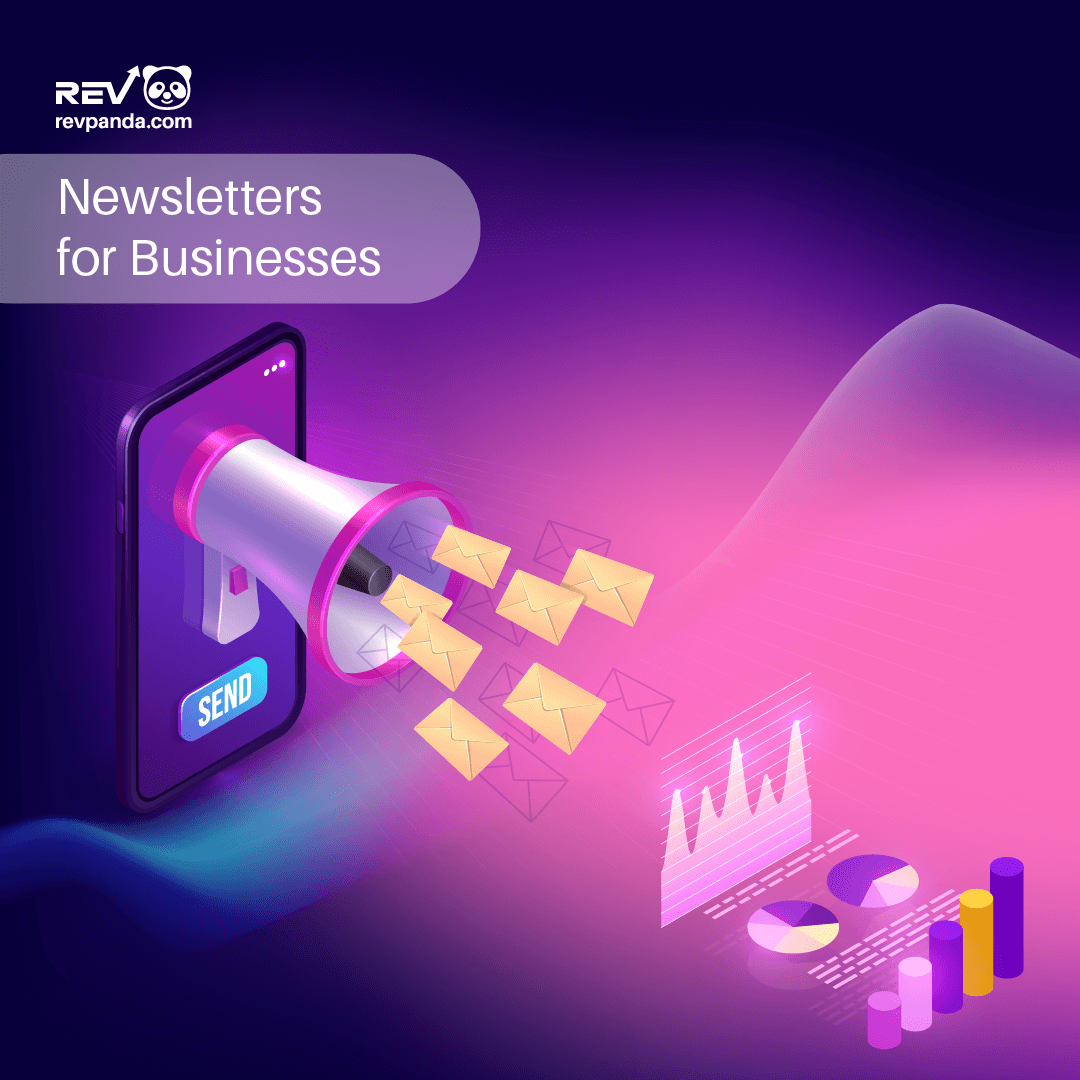
post
Complete Guide to Business Newsletters in 2023

Table of contents
Click on a title to jump to a section
Newsletters are a great marketing tool for businesses that want to keep in touch with their customers. Discover their power as an effective way to stay connected with customers.
A newsletter can be a valuable tool for helping both large and small business owners reach their target market. By the end of this post, you will know exactly why a newsletter for business is something you need to be using.
What Is a Business Newsletter?
A newsletter for business is a key component in digital marketing campaigns. A business newsletter allows businesses to communicate with their loyal and potential customers and industry peers. What is included in a business newsletter can vary depending on the company that is sending it out. For example, small business owners may use a business newsletter to communicate special offers or promotions the company is offering. News organisations may share the latest business news, and lead prospectors may ‘educate’ people in the hope they will make a purchase eventually. When executed effectively, a business newsletter has the potential to not only boost brand recognition but also generate new business and drive revenue growth.
How to Plan a Business Newsletter
Digital marketers spend a lot of time putting together an email newsletter. You have probably ended up with a few of them in your inbox even though they may not seem like that much. However, we can assure you that dozens of hours have been spent working on the right emails to send out. Here, we want to take a look at some of the ways to plan quality business newsletters to help boost a digital marketing campaign.

Identify the Target Audience
The first step in planning a successful business newsletter is to identify your target audience. Business newsletters should begin with a detailed look at the target market. You should consider the demographics, needs, and interests of your ideal reader, and create your content accordingly. By doing so, you’ll ensure that your newsletter is relevant and valuable to your audience, and will increase engagement. You may learn a lot about your target market’s preferences by conducting market research, reviewing website analytics, and asking your subscribers for feedback.
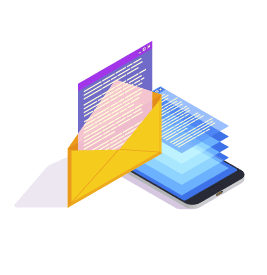
Determine the Frequency of the Newsletter
The hallmark of a good newsletter is frequency. In other words, regularity is key to keeping subscribers engaged. In the early stages of planning, it is important to determine how often these emails should be sent. The frequency of the newsletter will depend on the type of business you run. For example, businesses that send news roundups of the latest breaking news, or want to share up-to-date information on their industry. A weekly newsletter is best for small business owners sharing promotional offers. Of course, budget and customer expectations should also be taken into account when deciding on a frequency that works best for your business.

Define the Content Strategy
To create a successful newsletter, it’s important to have a clear content marketing strategy. It will focus on what type of content should be included in the newsletter. Consistency is essential because your subscribers will probably expect your newsletters to cover the same business topics each time. The key to a good newsletter is ensuring that customer expectations are met, and they often don’t take kindly to drastic changes in what is being shared. A defined content strategy will provide the business with guidance on what to place in their newsletters, when to send the newsletters, etc. As any business owner knows; success in the business world heavily hinges on having a plan that can be followed.

Create a Content Calendar
Creating an effective business newsletter requires careful planning and a strategic approach to content. This means being aware of the newsletter’s content, its release date, etc. For example, the best daily business newsletters will have main articles, supporting secondary articles, and links to related content. To streamline the process of creating a newsletter, make sure you establish deadlines for each task in your calendar, from content planning to editing and publishing. With a well-crafted plan, productive effective business newsletters can become a smoother and more efficient process.
Defining the Content Strategy for Your Business Newsletter
For business newsletters to succeed, a strong content strategy is essential. Planning your daily or weekly newsletter will be much simpler once you have this part perfect. In fact, getting your mailing strategy right might be aided by working with a professional digital marketing agency. With their knowledge, they’ll create the best content strategy that supports your company’s objectives. In this section, we’ll look at the key elements of content planning for business newsletters.
Establishing the Goals of Your Newsletter
Before you do anything else, you need to establish the goals of your newsletter. Every business newsletter will have different goals and can include:
- Sharing actionable content and tips
- Sharing news about an industry
- Prospecting potential customers
- Encouraging current customers to make a purchase
It is important that you set SMART goals for your newsletter. This allows you to track whether your newsletter is reaching the goals that you set out at the start. If your newsletter falls short of these goals, you can use the insights gained from tracking your progress to adjust your content marketing strategy for better results.
Topics for Audience Resonance and Goal Support
During your initial market research, you should come up with a wealth of information about your potential audience, such as their preferred reading material, frequency of content consumption, and other relevant details.
When planning your content strategy, you need to come up with lists of topics that you believe will not only be enjoyable for your readers but will also help support the goals of your newsletter. You can explore current trends or evergreen subjects as you gather resources from a variety of outlets. There are many great resources to tap into, but we suggest you explore surveys and polls, current news stories, competitor websites, social media, and the content that has previously performed well on your website.
Developing a Unique Value Proposition for Your Newsletter
There are a lot of business newsletters out there. In fact, pretty much all the industry leaders are producing them. Successful entrepreneurs will come up with innovative ways to separate themselves from the competition. Therefore, it is crucial to make sure that your business newsletter has a distinctive and unique approach in order to stand out in this crowded market.
Instead of a general newsletter, we suggest you target a certain market. This is essential for attracting a very specific audience while also preventing you from overextending yourself. It’s better not to cover every financial topic, for instance, if you’re writing a newsletter for finance. Instead, you might prefer to focus on the technology sector as a whole or even just one particular area of it, like medical technology. By employing this approach, you could become recognised in that field and give your readers better service.
It’s important to ensure that your content is unique as well. Avoid duplicating others’ work, and strive to develop your distinctive tips and writing style. Therefore, invest time and effort into producing original and innovative content that sets your newsletter apart from the rest.
Determining the Tone, Style, and Voice for Your Newsletter
Your newsletter is part of your brand, and just like the rest of your brand, it needs to have a unique style. Your content strategy should focus on the overall voice of your content. What kind of style are you aiming for? Do you prefer a professional tone, or would you like to strike a more personal chord with your audience?
Developing a voice for your business requires careful consideration, particularly in terms of the target audience. For example, if you produce a weekly newsletter targeting lawyers, then you would probably use a more professional style compared to an entrepreneur magazine, or one aimed at the general public.
As you get more comfortable with your newsletter, you may want to put together a style guide that lists the voice of your business. For example, the BBC style guide details a comprehensive set of guidelines for their reporters and editors to follow and how BBC News puts together its content. Remember, developing a consistent brand style is crucial in maintaining a strong brand identity.
Strategies for Creating Engaging Business Newsletter Content
This is probably the most difficult thing to do when putting together a business newsletter. However, if you are a small business owner and you are looking to grow your business, then it is important that you learn how to put together compelling content.
The following tips should help you put together great content. Remember, you may not achieve perfection in your first newsletters, and that’s perfectly fine. Improvement always comes with time and feedback from your readers. Be patient and open to refining your content based on their responses.
Importance of the Content Types
Again, it’s important to consider your overall objectives. What do you want your newsletter to accomplish? This will help you in selecting the type of content to use in your newsletter. You may want to think about including case studies, articles, interviews, or actionable business advice, for instance.
The more you know your customer, the easier it is to plan your content. You may wish to vary your content most of the time. Keeping the reader interested is much easier to do when you do that. It’s important to research the different forms of copywriting and determine which ones are most effective for your company in order to produce appealing content.
Attention-Grabbing Headlines
It might be challenging to get people to read your email newsletter, especially before your business has built a reputation. You need a headline that stands out in the recipient’s inbox to grab their attention and persuade them to open your email. Avoid using generic headlines and try to sum up your information in no more than 5 or 6 words.
Think about reading popular business newsletters, top newspapers, news websites, and magazines to acquire ideas and learn how to write catchy headlines. You may learn a lot from the headline writers who work for these publications because they frequently specialise in creating catchy headlines.
Persuasive and Engaging Content
To captivate your audience, your newsletter content must be engaging from beginning to end. Incorporating stories into your content, particularly those that highlight real-life experiences, can be a powerful way to capture your readers’ interest and keep them engaged. For your content to be valuable to your readers, it needs to address their pain points and offer actionable advice for dealing with those problems. While there are some newsletters that deliver content in a very straightforward manner, i.e., very fact-based, the best-performing newsletters for entrepreneurs are those where the content is produced in an engaging way with a powerful language, much like attention-grabbing headlines.
You should not use fluff, jargon, or language that reads like advertising if you want to make sure that your content is persuasive and compelling. Even if you have a team of talented writers, it’s crucial to work with a group of qualified editors to help refine the content.
Images and Visuals to Enhance the Newsletter
Even though written content is essential for your newsletter, including images and visuals makes it more appealing and significantly more professional. Using high-quality images in your newsletter shows the effort you put into creating a newsletter that is worth reading. Believe it or not, there is no restriction on the kinds of visuals you can include in your newsletter. For instance, you can incorporate infographics that provide answers to typical issues, or images of your staff, clients, or even your products can be included.
However, it’s important to make sure that any images you use are of high quality and relevant to the text. You should choose images that may enhance your message and add value to your content. To maintain a consistent layout for your newsletter, we recommend using templates that are readily available on various marketing platforms. This can significantly simplify the process of creating and formatting your newsletter.
Tips for Optimising Your Newsletter
A newsletter must be read by your audience in order for it to help your business. The only way to ensure it gets read is by optimising it. By optimising your newsletter, you increase the chances of it landing in your reader’s inbox and being opened. Consider the following tips to improve your newsletter’s deliverability and ensure that it reaches its target audience:
Understanding Email Deliverability
All email services have strong anti-spam protection. They don’t want their account holders to read spam, so they try and filter it out. While this is great for the email owner, email marketers might find it to be very challenging. If they don’t comprehend email deliverability, their emails might never get to the intended recipients.
You must make sure that your emails don’t appear to be spam if you want to increase email deliverability. This entails creating high-quality material, creating enticing subject lines to increase open rates, and preserving a good reputation. Email systems, like Gmail, give a lot of weight to the reputation of the sender; if emails from a given sender are rarely viewed, they are categorised as spam.
To boost your email deliverability, consider using a reputable provider to send your emails. This can help improve your reputation and ensure that your newsletters reach your subscribers’ inboxes.
Crafting a Strong Subject Line
The success of your newsletter depends on the ability to craft effective email marketing content that is opened and read by your subscribers. Your subject lines should be eye-catching and compel readers to open your email. Remember earlier when we discussed quality headlines? Well, the same rules apply to subject lines. You want them to be short, snappy, and powerful.
We suggest that you subscribe to a few different email newsletters, especially ones in your niche. Look at the type of email subject lines they use. Chances are that these are the subject lines that tend to get the most emails being opened. Use these for guidance on your own business newsletters.
Optimising the Preheader Text
The preheader text is the small piece of text that appears just below the subject line of your email. This is the second opportunity you have to encourage a person to open up your email because it will give a brief outline of what a person may find in that newsletter. It should not repeat the subject line, but reinforce it. This is where your ‘call to action’ will be.
It’s important to write quality copywriting in just a few words, getting straight to the point without any fluff, to communicate the value of your content. It may be worth hiring a professional copywriter here because preheader text means the difference between success and failure in the business world.
Minimising the Use of Spam Trigger Words
Email service spam detectors regularly scan received emails to check whether they may be spam. While the sender of the email will play a huge role here, the content of the newsletter will also be a factor. If you regularly use certain words, then there is a much bigger chance of the email triggering the spam filter.
For instance, words such as “free,” “earn money,” “buy now,” “earn $,” and “work at home” are among the most common trigger words that should be avoided. However, this is just an example of potential spam and trigger words.
Ensuring the Newsletter is CAN-SPAM Compliant
In 2003, the US introduced a law called the CAN-SPAM Act, which listed guidelines that every commercial email sent to US citizens must adhere to. Other countries have implemented similar guidelines over time. It is important that all your email newsletters conform to the CAN-SPAM Act, which includes accurately reflecting the subject line, providing an unsubscribe button in the email, disclosing details of the sender, and informing the recipient that the email newsletter is an advertisement.
It is important to remember that not only can a CAN-SPAM non-compliant email fail to get through the email spam filters, but it can also lead to some heavy fines from regulatory bodies like the FTC in the US or Ofcom in the UK. Therefore, it’s important to take the necessary steps to comply with these guidelines and ensure the success of your email marketing efforts.
Measuring the Success of Your Business Newsletter
If you think you have created a great newsletter for your business, congratulations! The next step is to ensure that the newsletter is being read. You must keep an eye on the effectiveness of your email campaign to accomplish this, and there are many methods to do this, and we will look at them in detail in the following section.
Understanding Key Metrics to Track
You must monitor a few key metrics, including click-through rates, open rates, and unsubscribe rates, in order to measure the success of your newsletter. A high email open rate, for instance, shows that your headlines are compelling and attention-grabbing, whereas a low click-through rate suggests that your reader may not be engaging with the content. However, if your email has a high unsubscribe rate, your reader may not find it useful. High forward rates show that your readers find your material worthwhile and interesting enough to share it with their friends and family.
Analysing Open Rates and Click-Through Rates
Most email marketing platforms will have tracking solutions for open rates, and you should use them. Open rates are a critical metric that you should consider to measure the effectiveness of your newsletter’s subject line and preheader text. High open rates indicate that your newsletter’s subject and preheader text are compelling and engaging, while low open rates suggest that you may need to optimise your subject and preheader text to make them more descriptive, simpler to read, and eye-catching. Click-through rates track the number of people heading from the email newsletter to your website. An ideal click-through rate is around 5%. A low click-through rate (around the 0-2% mark) means that your CTAs may not be effective enough.
Using A/B Testing to Optimise the Newsletter
A/B split testing is one of the finest techniques to maximise your newsletter, and the procedure is quite simple. You generate several variations of your email, each with a slight change to one section, such as the preheader text, email body, or CTA. You can then use your tracking systems to work out which email generates the best response from your readers. If you are constantly split-testing, you will get closer and closer to the point of a ‘perfect’ email newsletter. While it may never be perfect, the closer you get, the better your newsletter will perform for you.
Making Improvements Based on the Data
Once you have started to collect data about your email newsletter (particularly through A/B testing) then you can come up with ways to improve your email newsletter. For instance, you may want to test new content types or CTAs to segment your audience even further to personalise your emails. Also, analysing your data can help you identify why your emails have low engagement, such as being marked as spam or having poorly constructed headers.
It’s significant to continuously use your data to improve your business newsletters. As you make improvements, you can enhance engagement and deliver more value to your subscribers.
Top 3 Business Newsletters to Subscribe in 2023
If you’re producing your own business newsletter, it could be beneficial to examine other business newsletters to explore other successful examples. By doing so, you can gain insights into their strategies. These tips can improve how your email newsletters work. Of course, you may also pick up important information to improve other aspects of your business too.
Here are a few of the best business newsletters in 2023 that you can review for inspiration.
Morning Brew
The Morning Brew is a daily newsletter that delivers the freshest insights into the tech sector, particularly those based in Silicon Valley. With comprehensive news stories, intriguing case studies, and expert analyses, it offers a wealth of valuable material.
You can stay informed on the latest tech trends and make well-informed decisions. Subscribing to the Morning Brew is a smart choice for those looking to stay ahead in the fast-paced tech industry.
The Hustle
Designed to be read in just 5 minutes, The Hustle is a business newsletter with over 2 million subscribers. While it does contain news articles, its main focus lies in sharing actionable tips that entrepreneurs can use to grow their businesses. The concise format and valuable insights make it a must-read for busy professionals.
By subscribing to The Hustle, you can ensure that you’re consistently equipped with practical knowledge to propel your business forward.
CB Insights
A go-to source for investors and startups alike, CB Insights is a professional newsletter that delivers tech news with a focus on disruptive startups and businesses that have recently gained venture capital funding. By providing valuable insights and information on emerging trends, it helps readers stay ahead of the curve.
Subscribing to CB Insights is a wise decision for anyone looking to gain an edge in the competitive startup and investment landscape.
Conclusion
Creating a business newsletter is a smart move for any company, as it’s an effective way to attract new customers and keep existing ones informed about your business. Businesses that operate newsletters tend to have a stronger brand identity, and they are perceived as more trustworthy.
Putting together a business newsletter is not an easy task. It requires extensive research, and testing, as well as significant investment in content production. However, a business that invests in producing a newsletter, whether on a weekly or daily basis, typically generates more revenue, regardless of its size ends up making a lot more money.
FAQs

